Blood As White As Snow
12:06 minutes
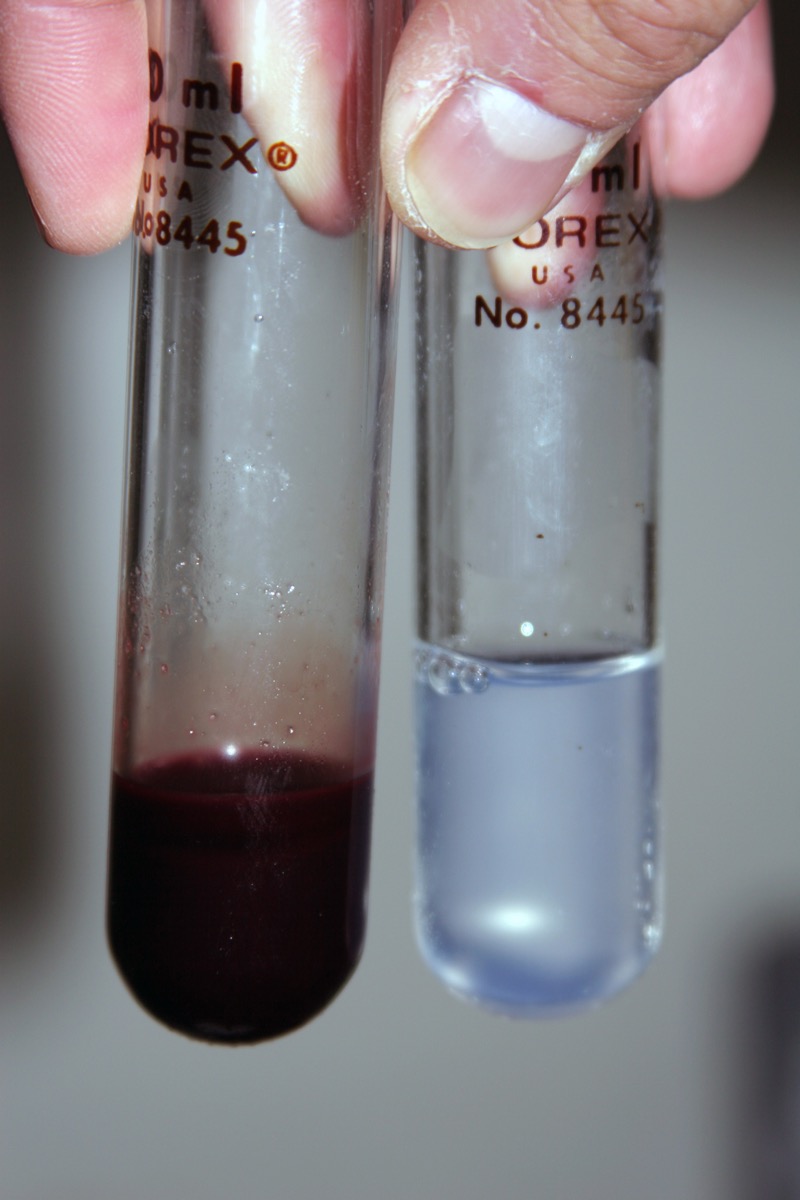
Every vertebrate on the planet, from the auk to the zebra, has the same general mechanism for getting oxygen to its cells: Red blood cells, containing a protein called hemoglobin, personally escort the precious O2 molecules where they need to go.
All vertebrates have red blood cells—that is, except for a small family of fish from the notothenoid family known collectively as “icefish.” These Antarctic-dwelling fish have translucent blood, white hearts, and have somehow adapted to live without red blood cells or hemoglobin.
Scientists writing in Nature Ecology & Evolution this week describe the first sequencing of an icefish genome, the Antarctic blackfin icefish, and some clues as to how these fish lost their hemoglobin and still survived. They also explain some of their unique adaptations to living in the extreme cold of our southern pole.
Co-author H. William Detrich, a professor of marine and environmental sciences at Northeastern University, explains some of the findings and what the icefish could teach us about our own biology.
View photos of the curious, white-blooded Antarctic icefish below.
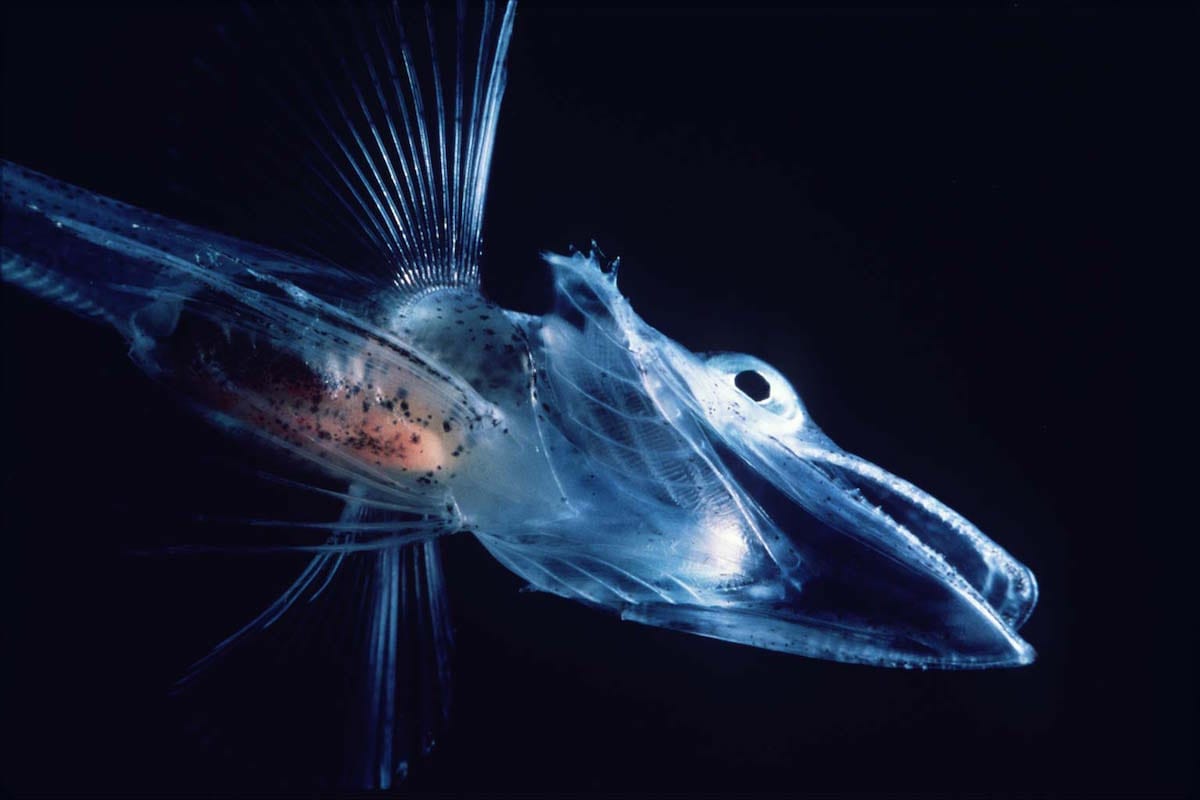
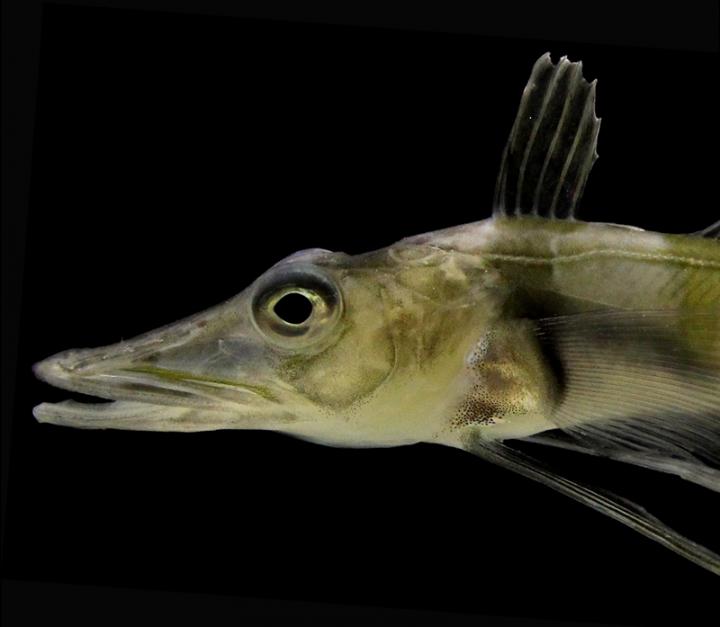
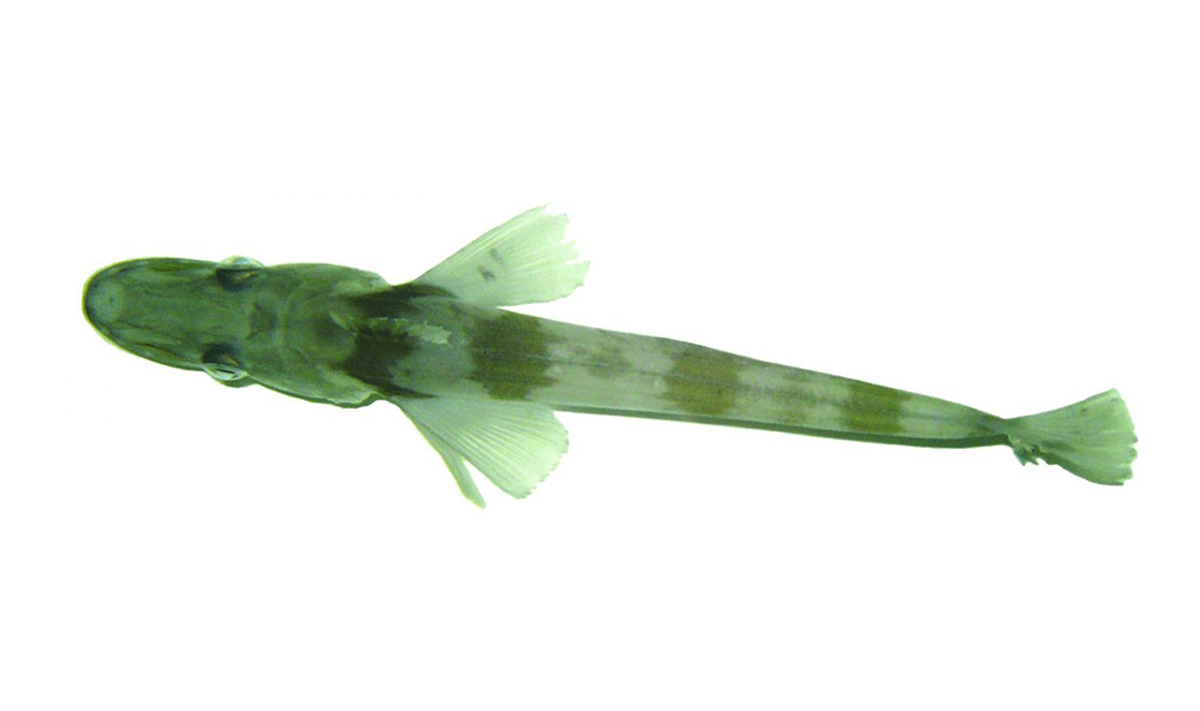
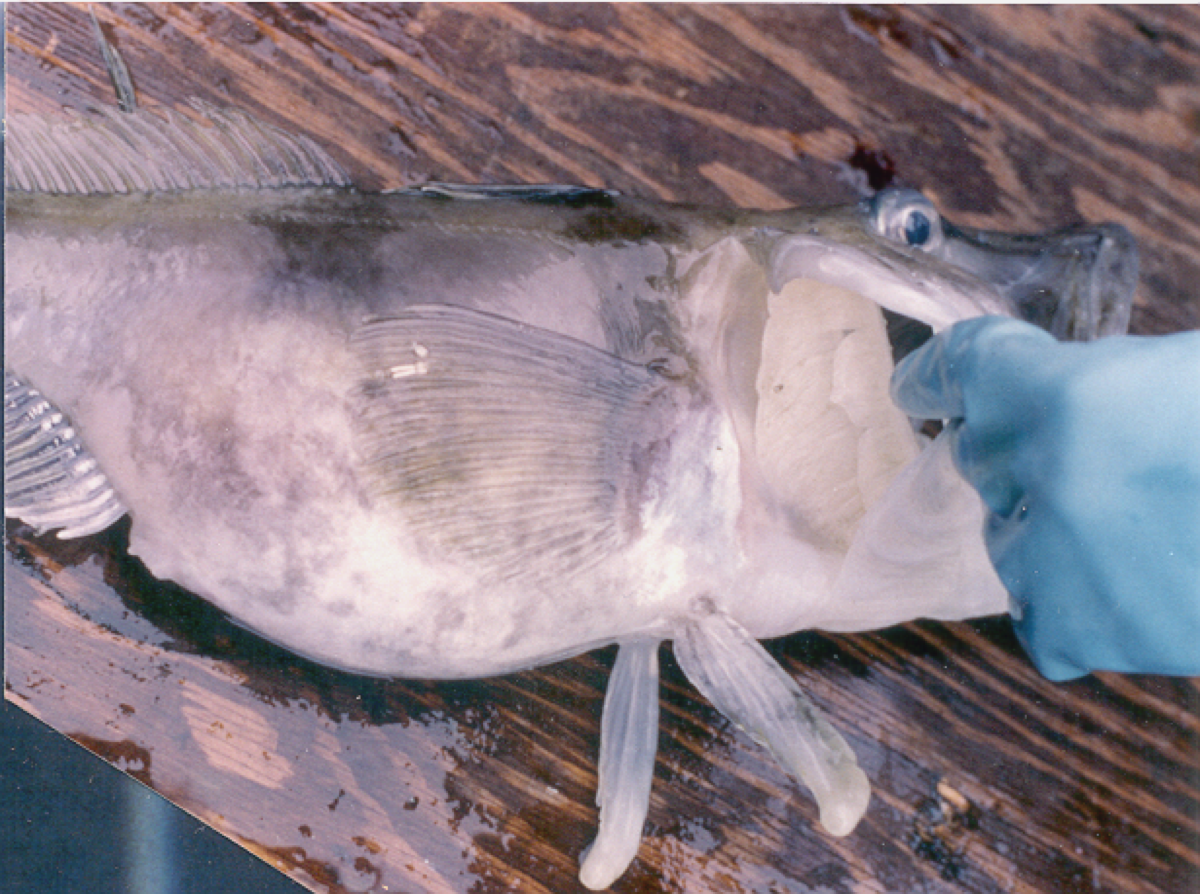
Bill Detrich is a professor of Biochemistry and Marine Biology at the Northeastern University Marine Science Center in Boston, Massachusetts.
IRA FLATOW: This is Science Friday. I’m Ira Flatow. Later in the hour, we’ll be talking about the mind-boggling details of the explosion of the Chernobyl nuclear reactor. But first, let’s talk about blood. In nearly every vertebrate on Earth– parakeets, dogs, lions, sharks, us– blood is red. Distinctively so. You all know that. And there’s a reason for this. The hemoglobin in red blood cells binds oxygen molecules and helps them get to our cells. Without those red blood cells, we’d be anemic, have far lower capacity to use the oxygen we breathe.
But venture to Antarctica and you will find a biological marvel. The world’s only white-blooded fish– the icefish. They’ve evolved translucent blood, free of red blood cells and hemoglobin. And are somehow doing just fine in the cold waters of the Southern Ocean. How do they do it? Researchers writing in the journal, Nature Ecology and Evolution, this week, have clues from the icefish genome. And here to tell us more is Dr. Bill Detrich, Professor of Biochemistry and Marine Biology at Northwestern University’s Marine Science Center in Boston. Welcome Dr. Detrich.
BILL DETRICH: Well, thank you very much, Ira. It’s a pleasure to be on your show.
IRA FLATOW: It’s a pleasure to have you. Thank you. Paint us a picture of the icefish for us. So we’re on the radio, what does it look like?
BILL DETRICH: Well, imagine a fairly large fish about half a meter in length. Weighing 1.2 to 2 kilograms. Has a very large crocodilian-like head and a rather small body. It’s skin is scaleless and very ghostly pale. And although you can’t see this, it has antifreeze running through its white blood.
IRA FLATOW: And so more than just one fish, it’s actually a group of species. Correct?
BILL DETRICH: Correct. It’s a group of 16 species, none of which produce red blood cells. They’re all profoundly anemic.
IRA FLATOW: Who first discovered this?
BILL DETRICH: Well, this was first recognized by whalers around the turn of the 1900s, when they were in the Southern Ocean and they would catch fish, and open them up and even eat them. But the fish, they noticed, didn’t have red blood. In 1929, a Norwegian zoologist named Ditlef Rustad, actually was able to capture one of these fishes and he communicated this finding to some of his colleagues, who later followed up on it.
IRA FLATOW: So OK, what is the magic the fish does that we can’t do? How does it survive without red blood cells?
BILL DETRICH: Well, that’s a very interesting question, of course. It’s something I’ve been looking into quite a bit. So what do they do? They’ve given up on red blood cells, but it was not a lethal condition for them. On the other hand, it wasn’t absolutely positive, because we’ve seen that they’ve evolved very large vasculature and a much expanded heart. They don’t have scales on their skin, so they can breathe through their skin. There are a number of compensations that allow them to do very well in this cold oxygen-rich ocean that they live in.
IRA FLATOW: And your team sequenced the genome of one species of these icefish. Any clues to how it got this white blood? Because I’ve watched videos of this, it’s just like a little serum, right? Colorless.
BILL DETRICH: That’s right. We have been able to establish that virtually all of the hemoglobin genes are absent in this genome. We are also following up to try to find out the chicken versus the egg question. Did these fish lose their red blood cells first, and therefore, didn’t have a cell to express hemoglobin in? Or alternatively, did they lose their hemoglobin genes and then the red cells withered? So that’s a question that we have to follow up on.
IRA FLATOW: So you say that there is enough oxygen circulating in this serum instead of the red blood cells. Is that because they live in such cold water in Antarctica that there’s plenty of oxygen in the water that can suffuse also through their skin and keep them going?
BILL DETRICH: Yes, the Southern Ocean is essentially saturated in oxygen, among other reasons, because it’s very stormy there and that mixes of the water column.
IRA FLATOW: And so I guess in the long-term, global warming would be a threat to these fish.
BILL DETRICH: These fish, in fact, compared to their red-blooded relatives are much more sensitive to temperature. And they, in fact, are likely to be canaries in the coal mine if we see fish beginning to drop out as the Southern Ocean warms.
IRA FLATOW: So these fish basically have had to find a way to adapt to not having the red blood cells.
BILL DETRICH: That’s right. And I think the key clue to that is that you can take one of the red-blooded fishes that are very closely related, and you can expose that fish to carbon monoxide so that all of the hemoglobin is poisoned, no longer able to carry oxygen, and yet, this red-blooded species doesn’t die either. So what that’s telling us is that even the red-blooded fishes in the Southern Ocean are relying on their red cells more as a reserve capacity for oxygen. And the red-blooded fishes are also living on dissolved oxygen like the ice fishes are.
IRA FLATOW: We’ve talked about how cold adaptation in animals might help us with biomedical research like freezing organs for transplant, for example. Is there anything the icefish and its blood could teach us about ourselves and help us?
BILL DETRICH: Yes, I think that the answer there is that we still don’t know all of the genes that are involved in making red blood cells. And these fish that have lost the capacity to do so, that’s going to leave a genomic signature behind. And that genomic signature is likely to reveal new genes for us to investigate and potential new targets for therapy for anemias.
IRA FLATOW: Have you caught one of these fish yourself?
BILL DETRICH: Yes, I have. Yes, quite often.
IRA FLATOW: In a net? With a hook? How easy are they to catch?
BILL DETRICH: We typically use a small scientific net that we trawl behind the Laurence M. Gould, our research icebreaker in the Antarctic Peninsula.
IRA FLATOW: Years ago when I was in Antarctica, I was watching scientists catch what they called the Antarctic cod fish at those times. They were living at the bottom of the continental shelf 1,000 feet down. They’d bring them up, they’d drain the blood because they were looking at the antifreeze. They were studying the antifreeze in the blood. And then they would smoke the fish and it was so delicious, I remember. Because they didn’t need the fish, they just needed the blood. Have you tasted this fish at all?
BILL DETRICH: Yes. And, in fact, the ice fish, the genome we sequenced, that species is very, very good.
IRA FLATOW: Aha. And do these fish have the same kind of antifreeze that other fish have in their regular blood system, so that they don’t freeze?
BILL DETRICH: Right. They have the same antifreeze, in fact, as the cod fish that you experienced.
IRA FLATOW: Mm-hmm. So what do you want to know now? What’s your next step in this research?
BILL DETRICH: Well, the next step in the research is to try to figure out the chicken and egg question. Whether red blood cells were lost first, or whether hemoglobin was lost first and subsequently the red cell disappeared from the blood profile?
IRA FLATOW: And how do you do that?
BILL DETRICH: Well, we’re going to need to sequence other genomes, other icefish genomes and genomes of the red-blooded relatives. And by applying phylogeny we should be able to tease out which of the events occurred first. That’s a long-term goal, but I think it’s doable.
IRA FLATOW: What’s your suspicion? If you were–
BILL DETRICH: If I was a betting man?
IRA FLATOW: If you were a betting man, yeah.
BILL DETRICH: If I was a betting man, I think that the hemoglobin genes went first.
IRA FLATOW: That does make sense, doesn’t it?
BILL DETRICH: It does make sense. And partly, I’d base that on prior research that we’ve done across the 16 species where we see that there are just a couple of different gene variants in terms of the globin genes that have been lost. So I guess based on that, I would be willing to bet that the hemoglobin genes went first.
IRA FLATOW: And why would that be an advantage to them to survive?
BILL DETRICH: Well, not so much the loss of hemoglobin, but the loss of the red cell. Imagine if we take a unit of human blood and cool it down to refrigerator temperatures, it becomes rather viscus. And viscus fluid is harder to pump through circulation than one that isn’t. So potentially, the ice fishes, by giving up their red blood cells, have reduced the energy that they need to pump their blood fluid, if you will.
IRA FLATOW: So it’s easier for them that way. Now, the icefish seem to be the only vertebrates with no red blood cells whatsoever. To me, that’s kind of unheard of. An exception like that in biology to lose something that’s so conserved in a whole group of organisms.
BILL DETRICH: Yes. It’s quite remarkable. Darwin actually had a term for creatures such as the icefish. He called them wrecks of ancient life because they’d lost important traits that were present in their ancestors. And in the case of the icefish we’re talking about it’s loss of red blood cells and also the loss of dense bones.
IRA FLATOW: Oh, so are they more cartilaginous?
BILL DETRICH: Yeah, they are more cartilaginous. And they’re actually rather floppy animals, because they don’t have– their bones are not firm.
[LAUGHTER]
IRA FLATOW: So I guess the term icefish would be because they live among where the ice is, but not that they’re frozen or anything. This reminds me of cave fish losing their eyes and not needing them, because they don’t need them, they get along fine without them.
BILL DETRICH: That’s right. They don’t see any photons of light. They actually– cave fish start out making an eye as they are developing, and then that primitive eye regresses and they’re blind.
IRA FLATOW: Fascinating. Thank you, Dr. Detrich. Thank you. We’re much more informed now and thank you for taking time to be with us today.
BILL DETRICH: Well, thank you very much for having me. And I hope I’ve stimulated some interest in these really unusual creatures.
IRA FLATOW: You certainly have. Dr. Bill Detrich, Professor of Biochemistry and Marine Biology at Northeastern University in Boston.
Copyright © 2019 Science Friday Initiative. All rights reserved. Science Friday transcripts are produced on a tight deadline by 3Play Media. Fidelity to the original aired/published audio or video file might vary, and text might be updated or amended in the future. For the authoritative record of Science Friday’s programming, please visit the original aired/published recording. For terms of use and more information, visit our policies pages at http://www.sciencefriday.com/about/policies/
Christie Taylor was a producer for Science Friday. Her days involved diligent research, too many phone calls for an introvert, and asking scientists if they have any audio of that narwhal heartbeat.
Ira Flatow is the founder and host of Science Friday. His green thumb has revived many an office plant at death’s door.